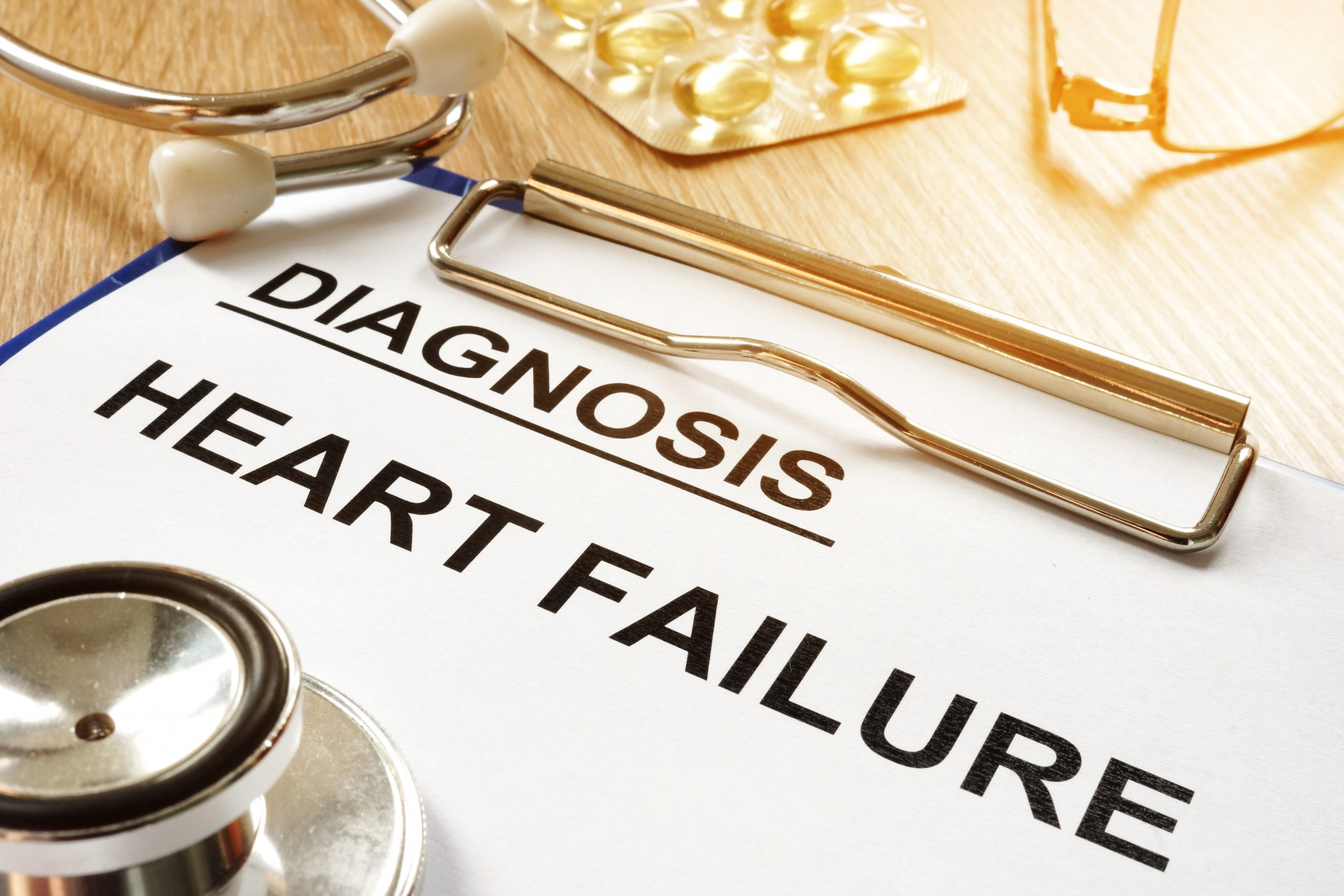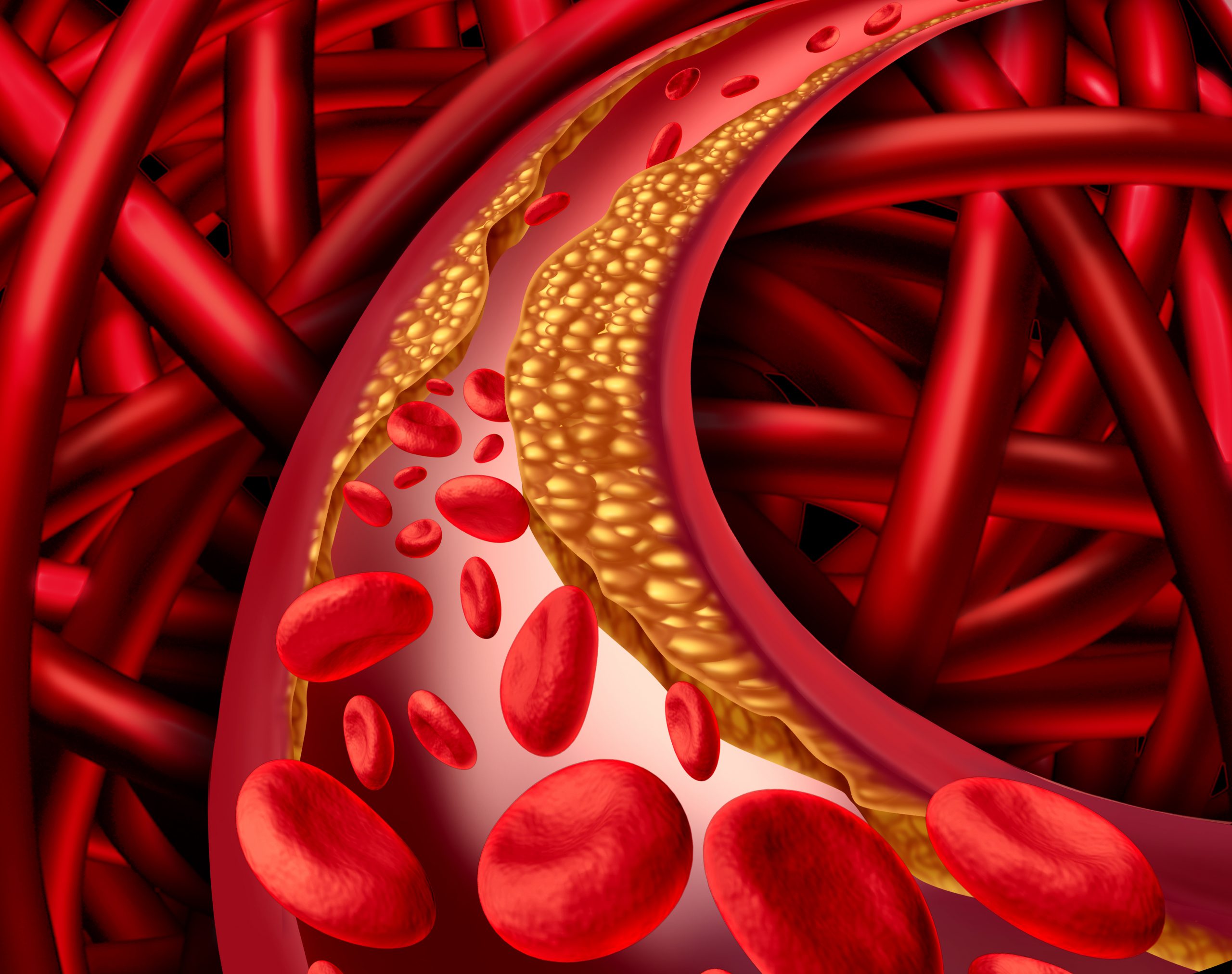KEY POINTS:
- An experimental new therapeutic for heart failure, omecamtiv mecarbil is a novel, selective cardiac myosin activator that was previously shown in the GALACTIC-HF trial to improve heart failure (HF) outcomes amongst patients with heart failure with reduced ejection fraction (HFrEF)
- This extended analysis of the GALACTIC-HF trial showed that omecamtiv mecarbil exerts a greater relative and absolute therapeutic benefit in patients with worsening ejection fraction (EF), in keeping with the drug’s mechanism of selectively improving cardiac function
- The relative and absolute benefits from omecamtiv mecarbil significantly improved with progressively lower EF
- No clear benefit of omecamtiv mecarbil among patients with EF >30% was shown, with more research into this subgroup forthcoming
- The potential role for omecamtiv mecarbil is to be additive to other guideline-directed medical therapies (GDMT) for all patients with LVEF <35% and 1+ heart failure hospitalization in the prior year
Physicians treating patients with heart failure with reduced ejection fraction may soon have new medications in the guideline-directed medical therapy arsenal. Omecamtiv mecarbil is a novel, selective cardiac myosin activator that has been shown to both improve cardiac function and to decrease ventricular volumes, heart rate, and N-terminal pro–B-type natriuretic peptide (NT-pro-BNP) in patients with chronic heart failure (HF). The drug’s efficacy was previously established in the GALACTIC-HF (Global Approach to Lowering Adverse Cardiac Outcomes Through Improving Contractility in Heart Failure) trial, published in The New England Journal of Medicine in January, 2021 (https://www.nejm.org/doi/full/10.1056/NEJMoa2025797). Over 8,000 patients with chronic symptomatic (New York Heart Association [NYHA) functional class II to IV) HF and left ventricular ejection fraction (LVEF) of 35% or less were randomized in this international, multicenter, randomized, double-blind, placebo-controlled, event-driven cardiovascular outcomes trial. Patients were randomized 1:1 to receive omecamtiv mecarbil (using pharmacokinetic-guided doses of 25 mg, 37.5 mg, or 50 mg twice daily) or placebo, in addition to standard heart-failure therapy.
The initial trial data showed that at 21.8 months those who received omecamtiv mecarbil had a lower incidence of the primary composite endpoint (PCE) of a first heart-failure event (hospitalization or urgent visit for HF) or cardiovascular death compared with those who received the placebo. This composite was made up by primary events in 1523 of 4120 patients (37.0%) in the omecamtiv mecarbil group and in 1607 of 4112 patients (39.1%) in the placebo group (hazard ratio, 0.92; 95% confidence interval [CI]: 0.86 to 0.99; P=0.03). Subgroup analysis from the initial trial showed that there was a trend towards greater benefit for patients with lower LVEF, with a significant interaction between LVEF >28% or ≤28% groups (P=0.003), indicating this difference was likely not due to chance alone. There was no significant difference in death from cardiovascular causes between groups with 808 deaths in the omecamtiv mecarbil group and 798 deaths in the placebo group (hazard ratio, 1.01; 95% CI, 0.92 to 1.11). Furthermore, no difference was seen in HF symptoms as assessed by the Kansas City Cardiomyopathy Questionnaire total symptom score. At 24 weeks, NT-proBNP was 10% lower and cardiac troponin I level was 4 ng per liter higher in the omecamtiv mecarbil group compared with placebo. Ischemic and arrhythmic event rates were similar in both groups.

In the study presented at ACC 2021 on May 17th as a Late-Breaking Clinical Trail, investigators led by Dr. John Teerlink, University of California San Francisco, sought to evaluate the influence of EF on the therapeutic effect of omecamtiv mecarbil compared to placebo. In doing so they analyzed 8,256 patients who at baseline were 79% male, 78% white, mean age 65, 25% inpatient, and 47% with NYHA Class III or IV HF. Notably, all patients in the study had LVEF <35% at baseline. The authors also highlight that baseline GDMT use amongst this HF population was already higher than most comparable studies, indicating that any effect of this novel therapeutic was additive to already established regimens.
Investigators found that the relative and absolute benefits from omecamtiv mecarbil significantly improved with progressively lower EF, with EF emerging as the strongest modifier of the treatment effect of omecamtiv mecarbil on the PCE (interaction as continuous variable, p = 0.004). Overall PCE rates were high, with incidence rate >50% per 100 patient-years amongst patients with the lowest LVEFs who were receiving placebo. Patients receiving omecamtiv mecarbil had a progressively greater relative and absolute treatment effect as baseline EF decreased with a 17% relative risk reduction for the PCE in patients with baseline EF≤22% (n= 2246; Hazard Ratio 0.83; 95% CI: 0.73-0.95) compared to patients with EF≥33% (n= 1750; HR 0.99; 95%CI: 0.84-1.16; interaction as EF by quartiles, p=0.013). This means that patients in the two lowest quartiles of EF had a 15-17% reduction in the risk of dying from cardiovascular causes or being hospitalized with heart failure when receiving omecamtiv mecarbil, compared to 8% for the entire patient population. In the lowest quartile (those with LVEF ≤22%), the absolute risk reduction was 7.4 per 100 patient years in the omecamtiv mecarbil group, with a number needed to treat for 3 years of 11.8 patients.
Similar to the initial analysis, omecamtiv mecarbil proved to be safe with no difference in serious adverse, ischemic or arrhythmic events compared to placebo across the range of EFs. In an interview with Dr. Teerlink, he reported that adverse event rates related to omecamtiv mecarbial are similarly low amongst all trials investigating its use (including the ATOMIC-HF, COSMIC-HF and now GALACTIC-HF trials) indicating its overwhelming safety.
Dr. Teerlink noted during his ACC presentation that omecamtiv mecarbil is not meant to act as a replacement for other established GDMT therapies but could be complementary to these medications particularly in the most vulnerable group of patients who at baseline have worse outcomes as a result of lower LVEFs. In a 1 on 1 interview with CardiologyNewsNow he stated, “Because people are stuck in the older thinking of inotropes, they think of this as a pretransplant medication, or used only in patients intolerant of other GDMT. The [GALACTIC-HF] trial was done on top of some of the best background therapy… so omecamtiv mecarbil should not be used just for pre-transplant patients.” He proceeded to explain that because this novel therapeutic does not adversely affect blood pressure or other clinical parameters and is therefore very well tolerated, that omecamtiv mecarbil could be added to a HF regimen for any patient with LVEF <35% who had a hospitalization for HF within 1 year and wants to reduce their HF rehospitalizations.
In discussing next steps for drug implementation, Dr. Teerlink highlights the METEORIC-HF trial (NCT03759392), which is an ongoing study is to evaluate the effect of treatment with omecamtiv mecarbil compared with placebo on exercise capacity as determined by cardiopulmonary exercise testing following 20 weeks of treatment with omecamtiv mecarbil or placebo (https://clinicaltrials.gov/ct2/show/NCT03759392). He stated, “The main message is that HF patients with LVEF <35% on excellent background therapy derive benefit from the drug, the question is how to maximize that benefit?” He pointed out that patients with EF <25% clearly benefit regardless of NT-proBNP or atrial fibrillation status. “The question remains, how do we treat patients with omecamtiv mecarbil who have an LVEF >30%?” he added. Since the study did not show a clear benefit of omecamtiv mecarbil among patients with ejection fraction higher than 30%, more research into the potential treatment effects in this group will need to be evaluated. The associated manuscript for this study is published today in the Journal of the American College of Cardiology (https://www.jacc.org/doi/10.1016/j.jacc.2021.04.065).




